Kraków is a city located on the banks of the Vistula River in southern Poland. It is the second largest city in the country and the most visited destination by tourists. At the moment it is the cultural capital of Poland, and it is quite justified. Kraków is home to around 60 museums, over 20 higher education institutions, 30 theaters and some of the finest monuments and buildings in Europe, such as the Wawel Royal Palace, Wawel Cathedral, St. Mary's Church, the cloakroom, the Old Synagogue and St. Florian's Gate. . Many of these buildings date back to the Middle Ages. The city also hosts over 500 cultural events annually. And its historic center was one of the first sites to be a UNESCO World Heritage Site.
It is all thanks to the city's lavish history and its role as the former Polish capital that give Kraków its rich cultural heritage.
Now that we know a little about the city, let me introduce today's topic. Today's theme is not at all about the city. It is instead about a very popular legend from Kraków. The legend sometimes serves as the origin story of the city, and other times it simply functions as a folk tale to be told to the young. I'm talking about the Legend of Wawel Dragon.
The Legend of Wawel Hill Dragon
According to legend, Kraków city was founded in the 7th century AD. of a fictional king named Krak. Many believe that the word Kraków came from the name of this king. In that case, Kraków translates to Krak's place, or that Krak was the founder of the city.
King Krak is depicted as a benevolent and heroic king who established the city after defeating a terrifying dragon who used to live in a cave at the bottom of Wawel Hill.
There are many versions of this legend, but some of the most popular ones are recounted below:
Wawel Dragon Legend:Version XNUMX
There was once a king named Krak who lived in a castle on Wawel Hill with his daughter Wanda.
King Krak was generous and kind and the people of his kingdom loved him and Wanda. For years there was peace and prosperity until one day a large three-headed dragon decided to make the cave under the Wawel Hill his home. The dragon was grotesque, massive, his body covered with weights and his sharp teeth pointed out.
Its presence frightened everyone when the creature wanted to prey on humans, cattle and sheep. But the favorite meal was virgins. When it found nothing to eat, it would become hectic, shake the ground and in its rage exhale fire from its mouth. The dragon only brought destruction and chaos. Many tried to fight the creature only to fail and become its meal.
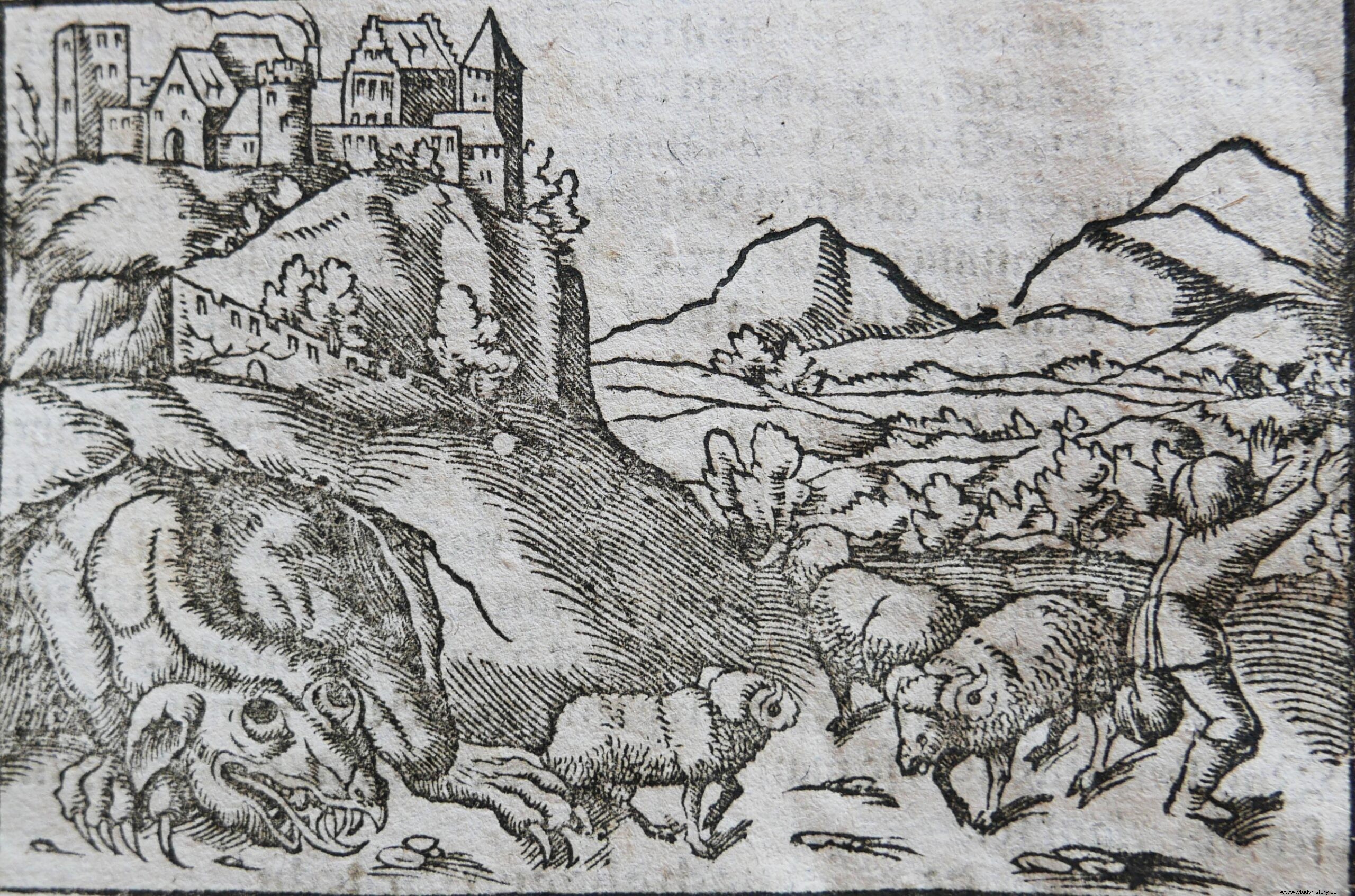
One day there came a time when the only virgin left in the kingdom was Princess Wanda, as all the others had been sacrificed to dragons.
King Krak did not want his daughter to be a prey to the creature, so he announced that he was looking for a brave knight to fight the dragon. As a reward, they would receive their daughter's hand in marriage and receive half of the kingdom.
Many came and fought only to fail again and again. Then a poor, hard-working shoemaker named Dratewka came to the king and asked if he could fight the dragon. He was not skilled with weapons or martial arts, but he was intellectually gifted. When he heard his plan, King Krak allowed him to meet the beast.
Dratewka obtained sheepskin from the butcher, filled it with sulfur and sewed it to look like a whole sheep. Then he placed the sheep in front of the cave at night and waited. The next day the hungry dragon came out of the cave and swallowed the sheep outside the cave.
Then the creature felt his body burn from the inside. The burning just would not stop. To facilitate burning, it began to swallow liters of water from the Wisula. It drank so much water that the river almost dried up. The burning would still not go away. The animal continued to drink until it broke into small pieces with a loud bang!
The kingdom was finally liberated from terror and it rejoiced. Dratewka married Princess Wanda, and they lived again in a peaceful and prosperous Kraków.
Variations on the story
Another version of this story does not mention the names of the king and princess, but the name of the shoemaker is Krak. Also in that story there is no mention of a castle up in the dragon's lair at the beginning of the story, but at the end Krak builds a castle, marries the princess, becomes king, expands the city limits to establish a city he named after himself.
In other versions, the person who is to defeat the dragon is not a shoemaker, but a tailor. In another version, the shoemaker or tailor is called Skuba instead of Dratewka.
Wawel Dragon Legend:version two
Once upon a time, a large, scolding and frightening dragon appeared in the kingdom of King Krakus. It chose the dark cave under the hill as its cave and spent time exchanging people and livestock. The beast would swallow them whole, and if it found nothing to eat, it would burn the city by breathing fire through its mouth. When he saw his inhabitants in a state, King Krakus then ordered his sons, Lech and Krakus II, to meet the burning beast and defeat it once and for all.

As in the other versions of this story, Lech and Krakus filled a sheep with sulfur and fed it to the dragon. When the dragon felt the body burn, it drank the water in the Vistula until it burst.
But when they overcame the beast, both sons began to quarrel over who should get the credit for the task. In the heat of the moment, Lech murdered Krakus II and spread the news throughout the city, saying that Krakus II died while fighting the dragon. But when the people learned the truth, Lech was exiled and the city was named Kraków in honor of Krakus II.
The origin of the legend
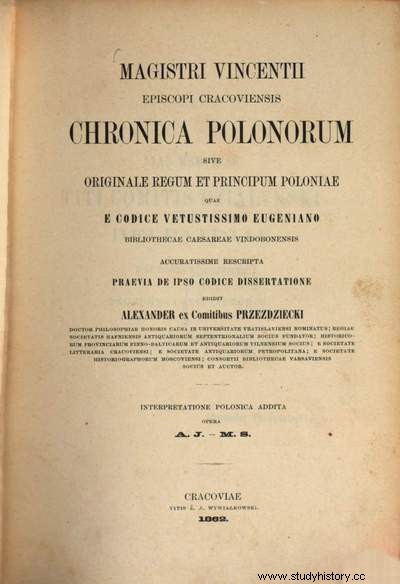
The earliest mention of the Wawel dragon mentioned is in Chronica seu originalale regum et principum Poloniae , the Latin history of Poland written by the Bishop of Kraków and the historian, Wincenty Kadłubek, between the 12th and 13th centuries. Wincenty Kadłubek's version tells the story of King Krakus' two sons who killed the dragon.
The character of Skuba, the heroic shoemaker, was introduced through a rendering of the history of the poet and historian Marcin Bielski in the 16th century.
Representation of Wawel Dragon
The legend of the Wawel Dragon is an extremely popular folk tale in Poland, and the story has been represented in both Polish and international culture.
Here are some examples:
Smoczna Jama
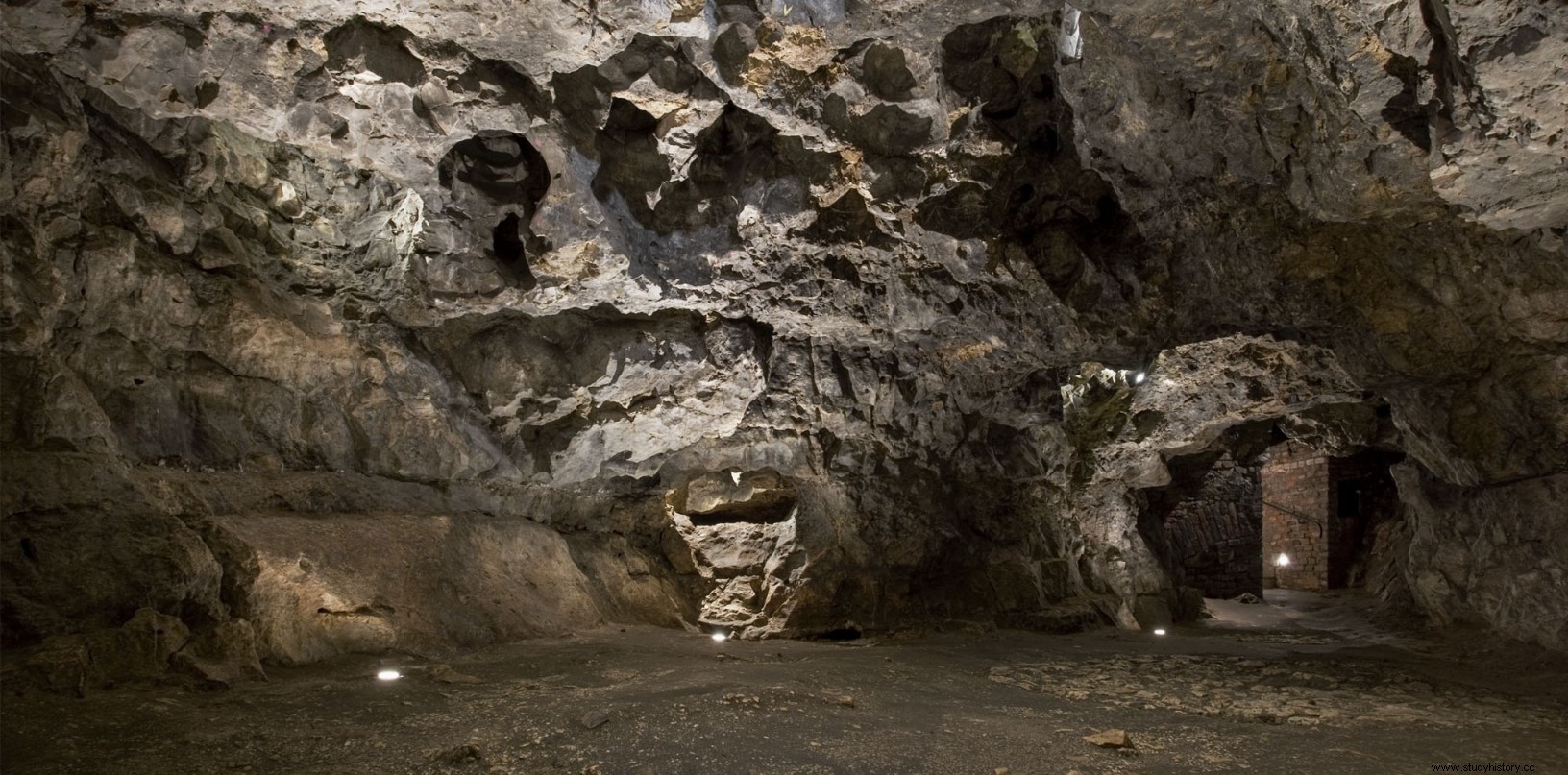
This is not a representation of the legends, but in fact part of the stories. This is the cave of the dragons, the cave itself where the dragon decided to set up his cave in the stories. This is a very real 270 meter long limestone cave by the Vistula River and at the foot of Wawel Hill. And part of it is open for public viewing. An interesting fact about the cave is that it was used as a tavern and brothel in the Middle Ages.
Smoke the Wawelski statue
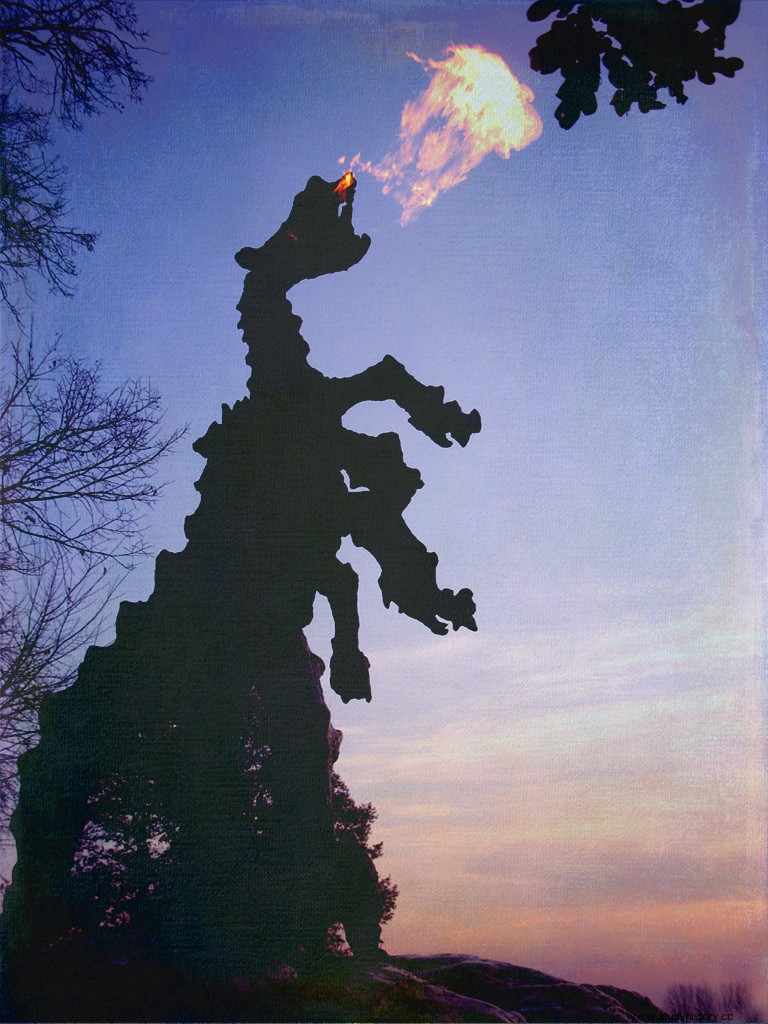
The Polish name of the mythical beast is Smok Wawelski, literally translated to Wawel Dragon. In honor of the dragon and the different versions of the legend, a statue of smok wawelski was placed just outside Smocza Jama. It is a 6 meter high bronze statue of a standing dragon that actually breathes fire at 5 minute intervals. The statue is powered by natural gas that helps produce the fire. The statue was created by the Polish sculptor Bronisław Chromy and opened to the public in 1972.
Magic Dragon Bones
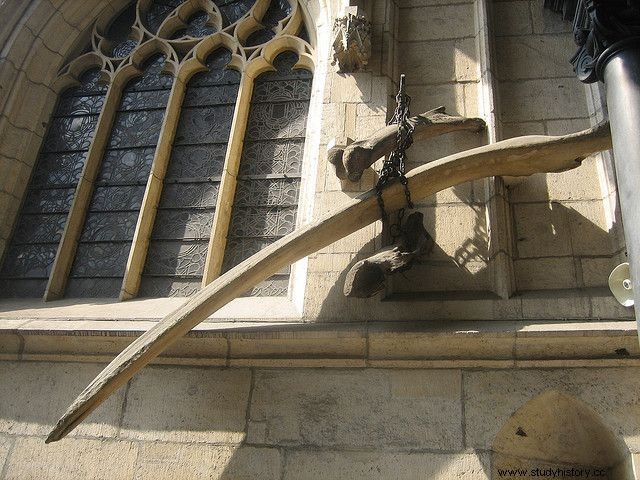
Just outside the entrance to Wawel Cathedral you can find a set of giant bones hanging in a hill on the left side of the front door. For many years, the locals believed that these were the legs of the dangerous smok wawelski. However, scientific research showed that the bones may have belonged to either a blue whale, woolly mammoth, rhino, or that they could come from all three.
Nevertheless, it is believed that the bones have magical abilities that many believe helped protect Kraków from the turbulent events in history that the city has faced. events such as World War II and the Polish Partition.
The Great Dragon Saint
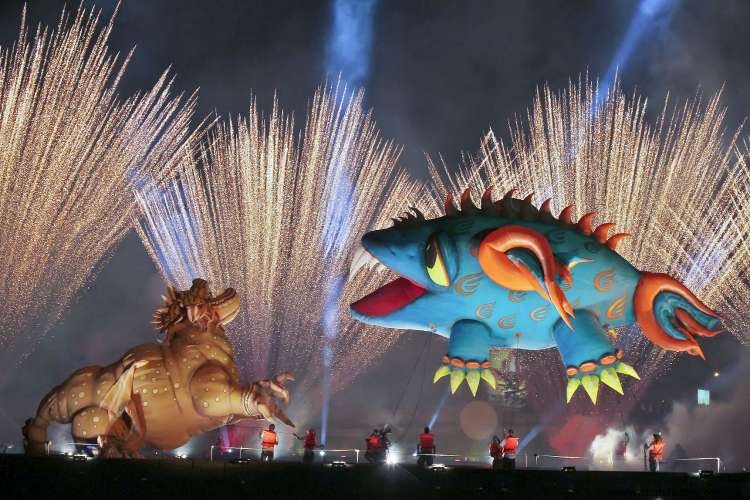
The Great Dragon weekend or Great Dragon Parade is an annual event that usually takes place on a weekend in late May. The weekend-long event is held every year in honor of the legendary story. People from all over Poland and even outside the country gather on the main square, where the 2 days are packed with activities. The event usually starts around 9 pm on a Saturday and ends on Sunday.
At the event, actors from the local Groteska Theater recreate the legend of the Wawel Dragon with the help of puppets in a play they organize by the river. There is also a fantastic light and sound show on Saturday night. On Sunday, children from all over the country participate in a children's parade. For this day, they design their own giant kite floats, wear colorful and creative costumes and show them off at the parade while competing to retain the title of best float.
Overall, the parade is lively, lively; full of laughter, entertainment, music, dance, colors and lights.
In 2020, the parade would have celebrated 20 years th anniversary, but it was canceled due to the COVID-19 pandemic. This year, the parade will take place in early September.
Dragon Awards

Some of the prizes awarded at the Kraków Film Festival have the word dragon in them, probably because the creature is one of the most important symbols of the city. Examples of some of the prize names are Golden Dragon, Silver Dragon, Bronze Dragon and Dragon of Dragons Special Prize.
The Kraków Film Festival is a seven-day film festival that begins in late May and ends in early June.
The name of an Archosaur
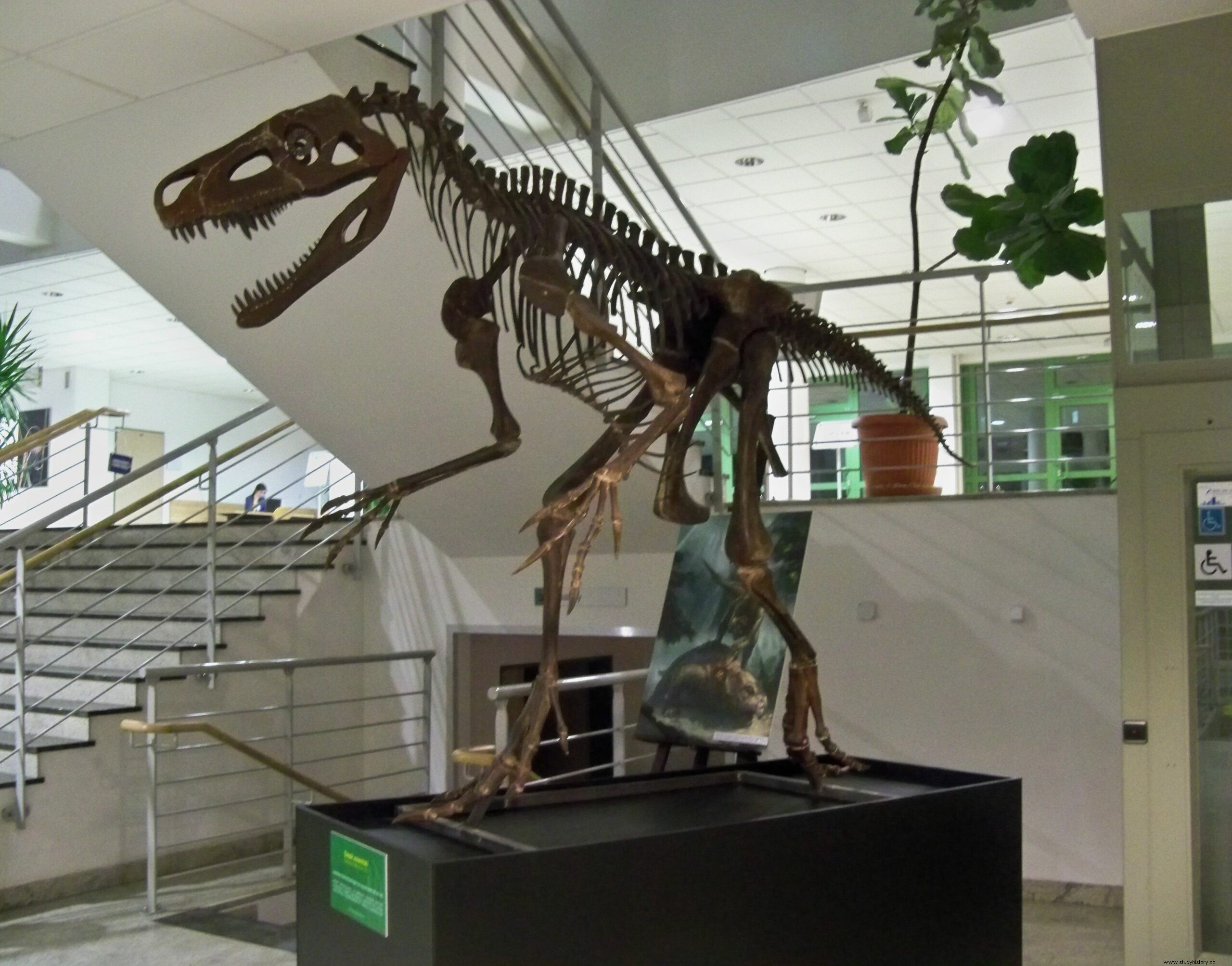
In 2007, the jawbone of a certain type of Archosaur was found in Lisowice, a village in southwestern Poland. In 2011, the species was named Smok wawelski, after the dragon from the legend of the Wawel Hill Dragon.
What does Smok Wawelski represent?
Why exactly the legend of the Wawel dragon became so popular is not clear, but its popularity has made the dragon a symbol of Kraków. The legend is also a story that is passed on to the future generation, and thus it is part of Polish cultural heritage.
Many scholars have tried to analyze the legend to understand its significance, but so far there is no concrete solution. Many believe that the evil dragon represents the malicious people who originally lived on the hill. Some believe that the people represented by the dragon were actually the Avars people, a tribe from the North Caucasus region who had apparently settled on Wawel Hill in the late 6th century. others believe that the story is taken from an older myth from the region.

In mythology around the world, the character of the dragon often appears in stories, but they are interpreted differently. Occidentally, the Occident associates dragons as a symbol of evil, while the Orient associates the dragon with power, wisdom, and mystical powers.
In many of these stories, there is usually a hero involved, who either kills the dragon or gets it under their control, portraying the hero as the ultimate savior from evil. And the act of murder represents the clash between good and evil. Perhaps the legend of the Wawel Dragon also represents victory over good over evil?
What do you think the legend of the Wawel Dragon means?
Do not hesitate to share your thoughts in the comments below.
Click here for more articles like this.
